the premier league have two teams with the best offensive records in the league (Manchester City and Liverpool) and one team with the best defensive record in the league (Chelsea although one could arguably also add Arsenal, the other top 4 team, to this category if you exclude their big defeats to Manchester City and Liverpool). So who will triumph in the end?
Let’s look at long term trends first. Table 1 provides summary statistics based on data for the past 50 seasons of the English league. The table also gives similar statistics for the German, Spanish and Italian leagues for comparison purposes. In the table there is information on the proportion of times the best offensive team has won the league, the proportion of times the best defensive team has won the league, the median final position of the best offensive and defensive team (as there is on occasion some extreme outlier’s in the final position of the best offensive and defensive team) and the associated standard deviation.
Table 2 presents the same data but this time for just the past 20 seasons of each league. In the English and German leagues there is a clear move toward more offensive teams winning the league title and having a higher median position in the league. In the Spanish league offensive teams are just as successful while defensive teams are becoming less successful with a relatively lower median position in the league. Finally, Italy appears to buck the trend
with defensive teams becoming relatively more successful over the last 20 seasons relative to the last 50 seasons. It would be interesting to see how this correlates with success at European and International level but that is left to another day.




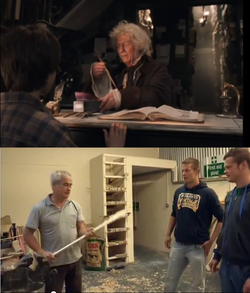
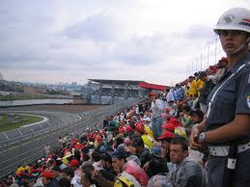
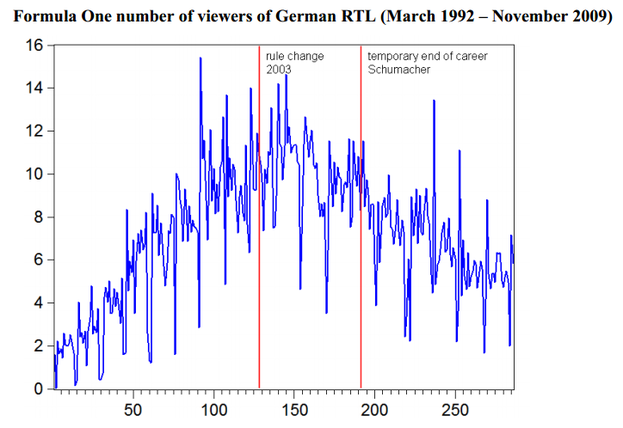
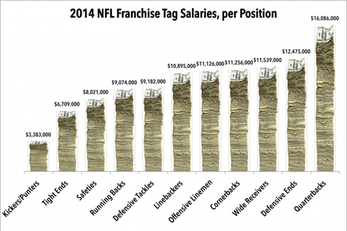
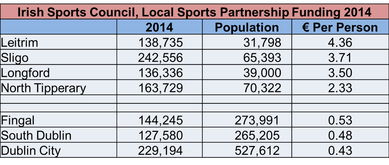




 RSS Feed
RSS Feed